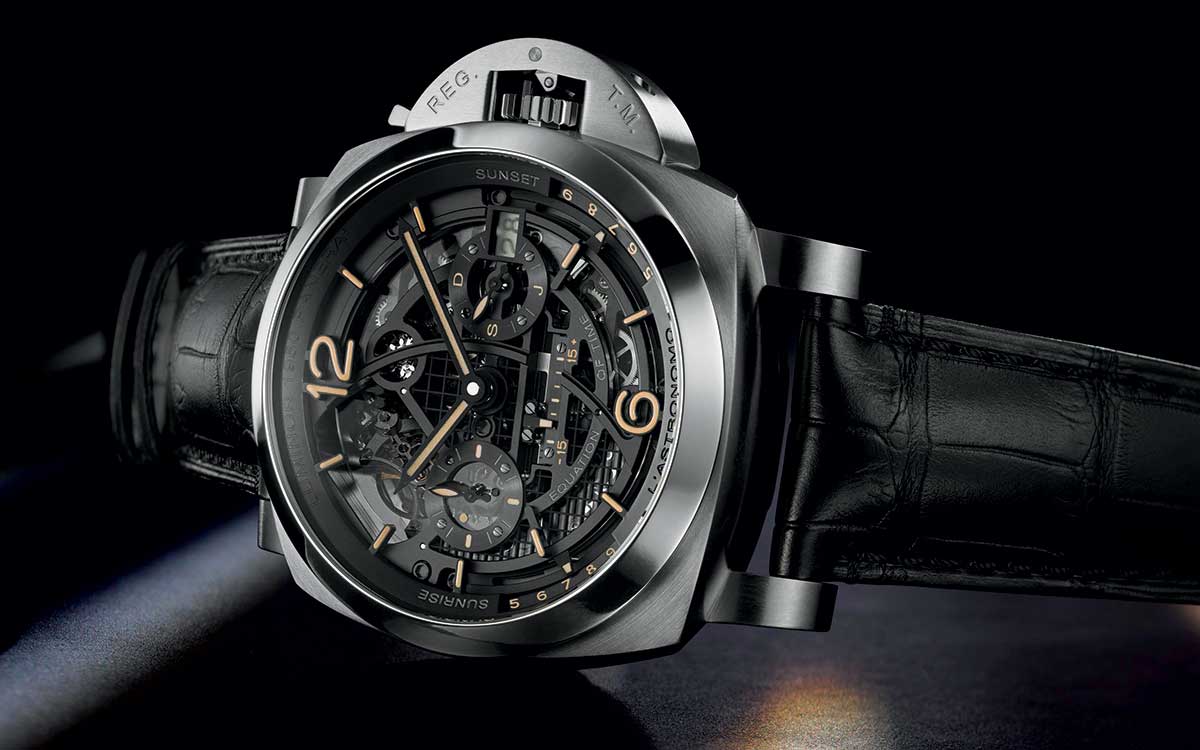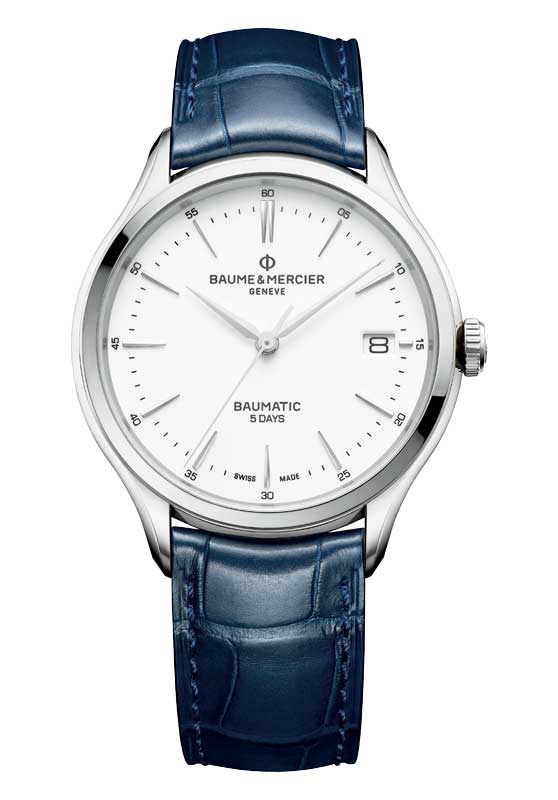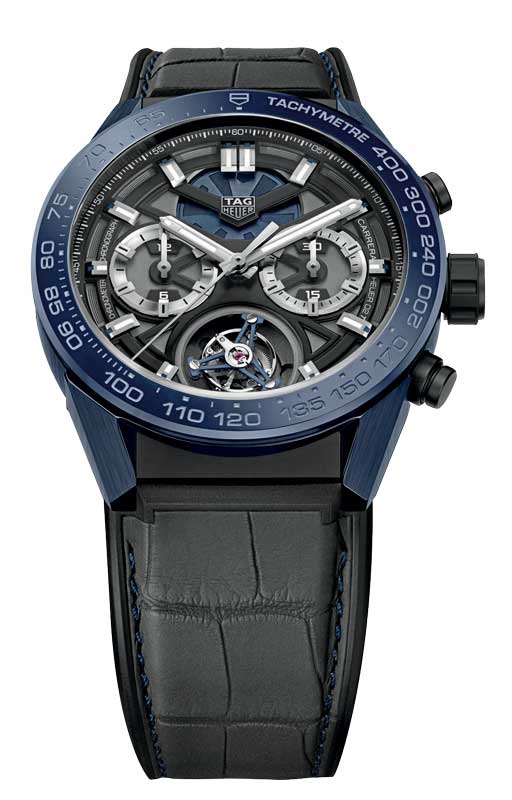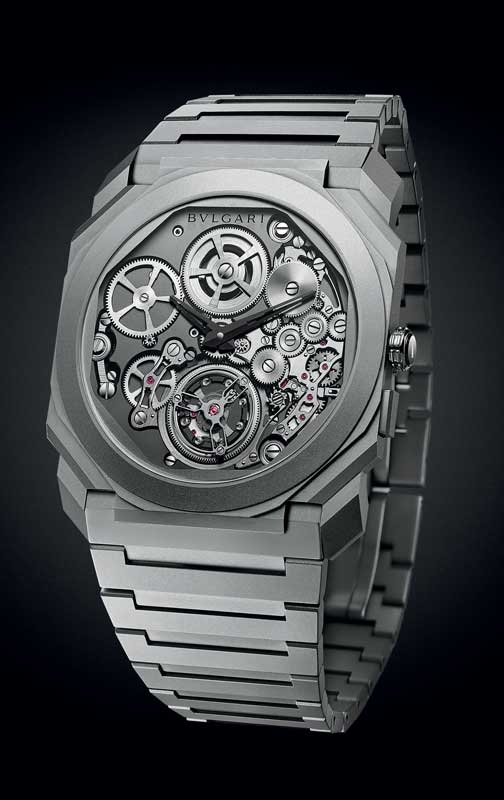The renowned St. Regis hotel in Mexico City hosted the luxury watchmaking sector’s highest celebration in Latin America last October: the XII International Haute Horlogerie Salon 2018 (SIAR). 40 brands of recognized watchmakers, plus 19 CEOs gathered to present their latest global releases and their most characteristic pieces to a demanding audience of potential clients, media and experts. The presence of leading brands, such as Audemars Piguet, Chopard, Zenith, Greubel Forsay, Girard-Perregaux, Czapek & Cie, Louis Moinet, Corum, Jaeger Le-Coultre, Hublot and Jacob & Co among others; is crucial for the promotion and growth of the haute horlogerie market in Mexico, which has continued to increase each year.
HIGH COMPLICATION WATCH
Panerai L’Astronomo Luminor 1950 Tourbillon Moon Phases
Equation of Time GMT
WATCH OF THE YEAR
Baume & Mercier Clifton Baumatic
CRITICS’ AWARD
Ferdinand Berthoud. Chronomètre FB. 1 Edición Malaspina
WATCHMAKING VALUE
Greubel Forsey Différentiel d’Égalité
CHRONOGRAPH WATCH
Singer Reimagined Track 1 Watch Hong Kong Edition
SPORT WATCH
TAG Heuer Carrera Calibre Heuer 02T
CONCEPT WATCH
Audemars Piguet Royal Oak RD#2
LADY’S WATCH
Cartier Révélation d’une Panthère
BREAKTHROUGH BRAND
Laurent Ferrier Galet Square Régulateur
PEOPLE’S AWARD
Bulgari Octo Finissimo Tourbillon Automatique
INTERVIEW WITH CARLOS ALONSO
This is the 12th edition—the same hours a clock has. During this time, 71 CEOs have come, 90 different brands, and more or less 1,000 watches are displayed per year.
The event has consolidated in these past 12 years. Many brands start to participate and many others stop doing it, but it has continued to grow.
It depends on the problems or virtues that each brand has at the moment—whether they have a budget or not; if Latin America is strategic for them or if they are looking more to Asia or the Middle East.
“Mexico is in the top 10 in Haute Horlogerie worldwide.”
There are innovations and there has also disposition by brands to make pieces more accessible for some markets.
Watchmaking, after that turning point in 2014, 15 and 16 worldwide, settled down a bit in several factors—because there was, in previous years, overproduction in the market. So I think it needed a bit of filtering. What the brands learned was that there was a lot of inflation in prices. Now they are much more sensible, coherent. The valuable and complicated pieces continue to be expensive because they’re pure art that has nothing to do with marketing, but you start to find prestigious brands that are more accessible; they are truly aware that they need to start seducing the new public and the new generations with quality price, not just wih art.
What is the future of SIAR?
The foundation for something to succeed is to promote culture, for people to have a natural interest in this and for them to feel a connection. It’s such a shame that there’s no watchmaking in Mexico and that we have to bring it from Switzerland, but the foundations are settled. I want to invite especially the new generations. I’m glad that in recent years there’s been a natural curiosity among young people, who supposedly said that smart watches were going to kill all watches. I invite young people to come and discover that there is cultural, artistic and monetary value. It’s a sector that began in the 1600s and has gone through revolutions, world wars and yet it prevails because it’s a Renaissance art that lasts over time.
Text: Amura ± Photo: CORTESÍA DE LAS MARCAS












